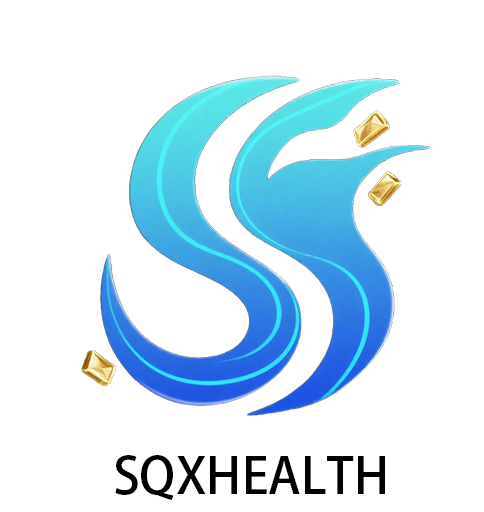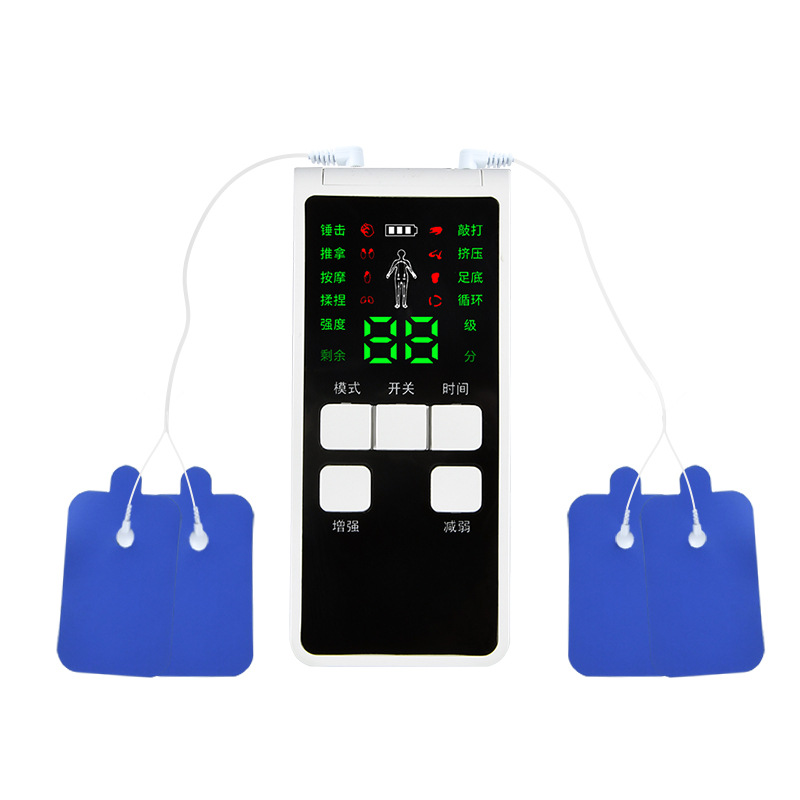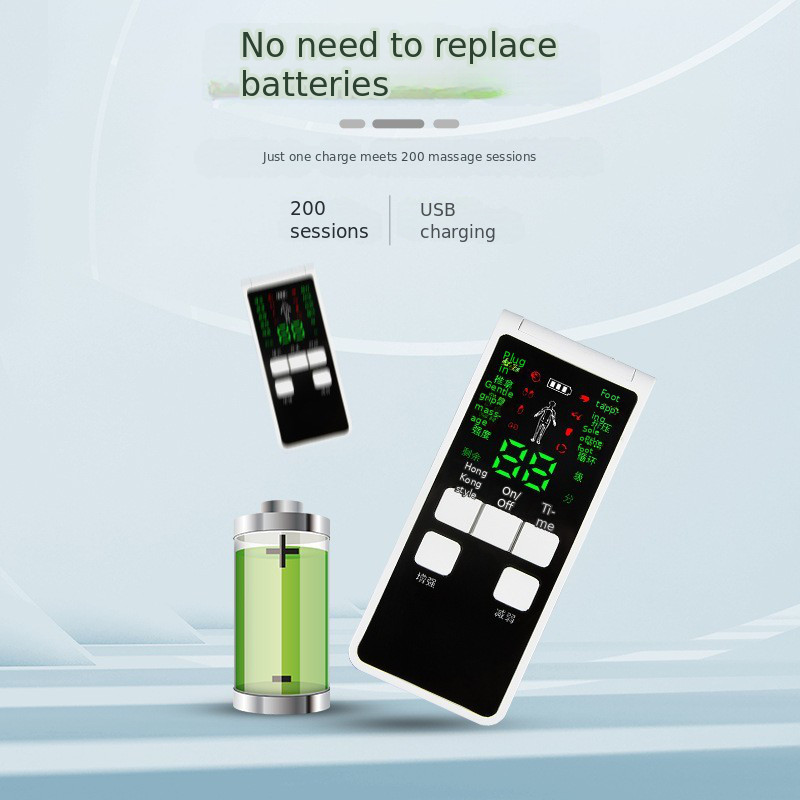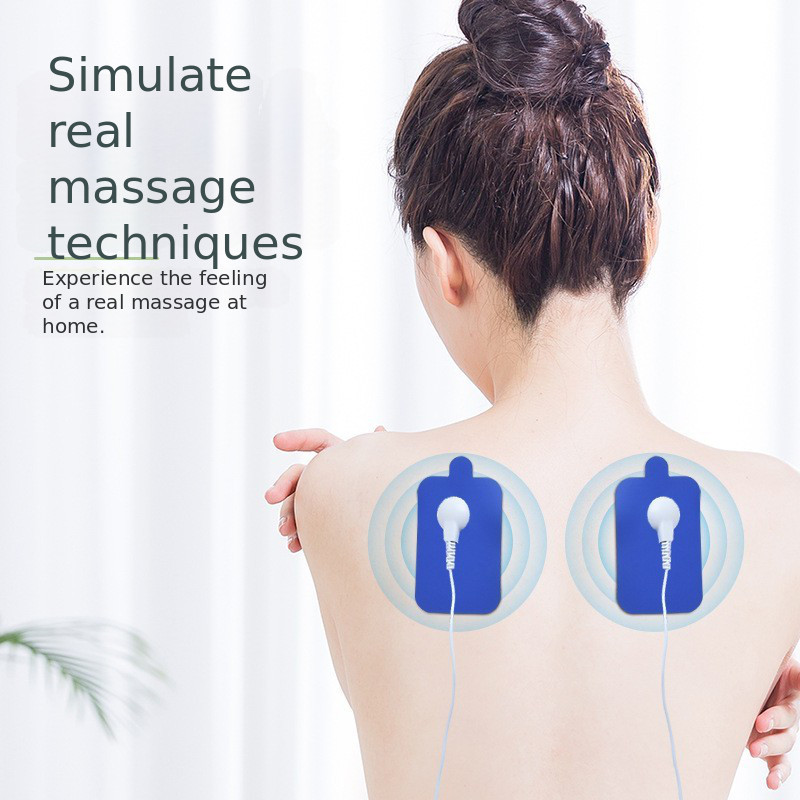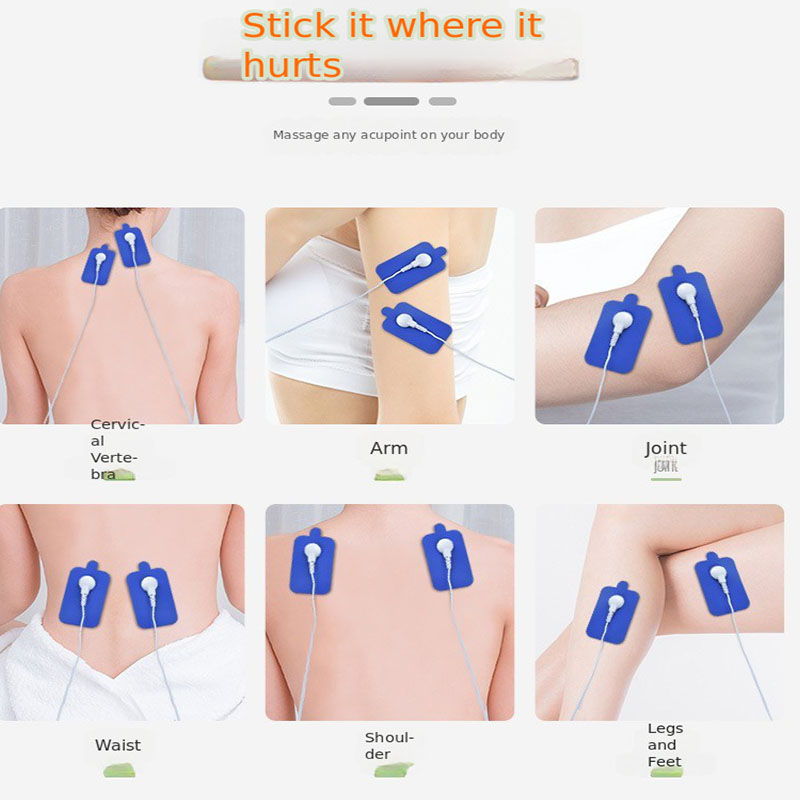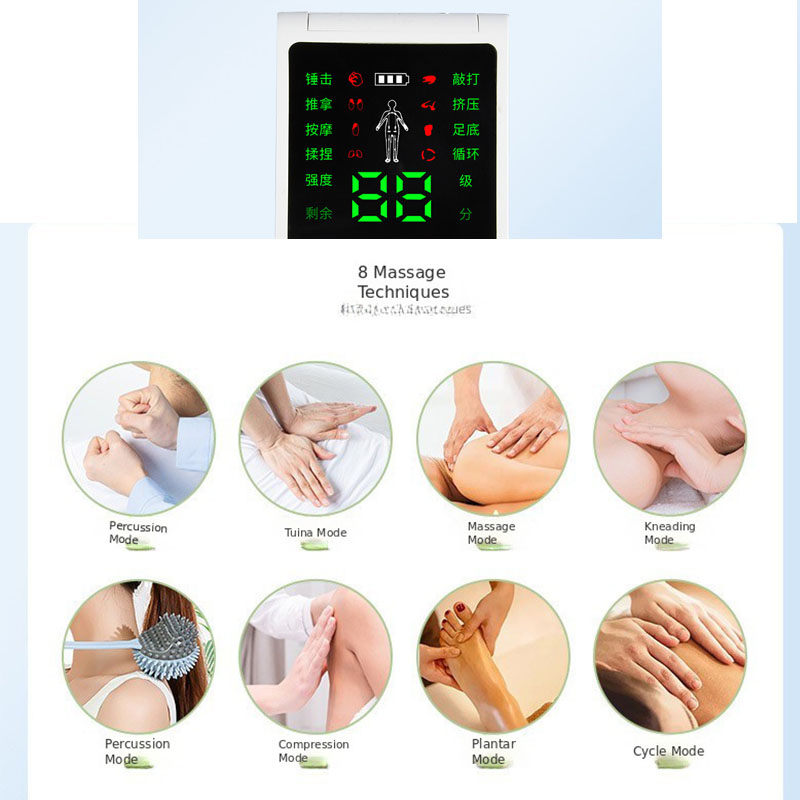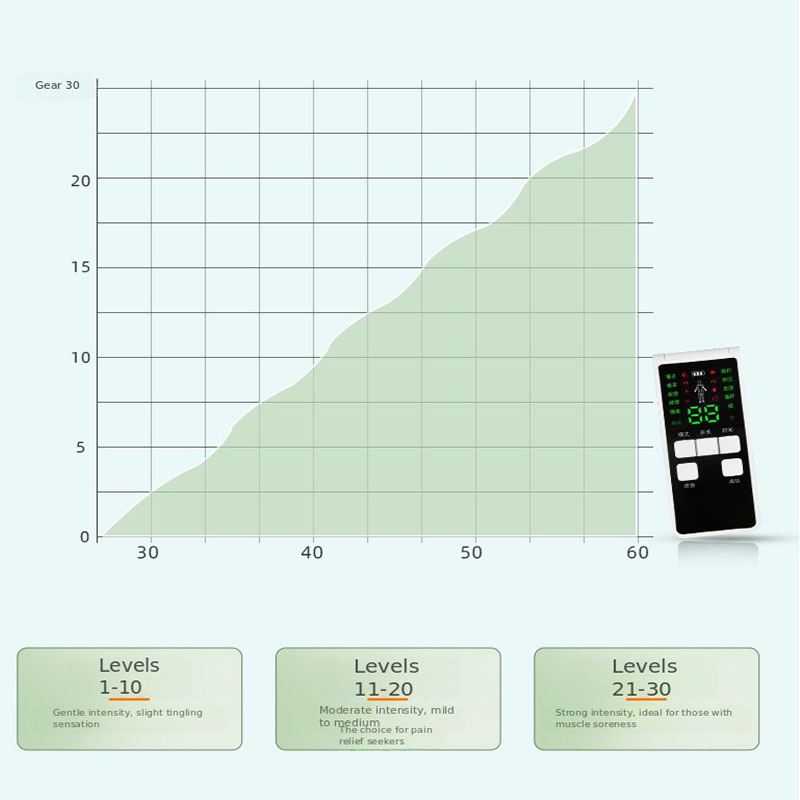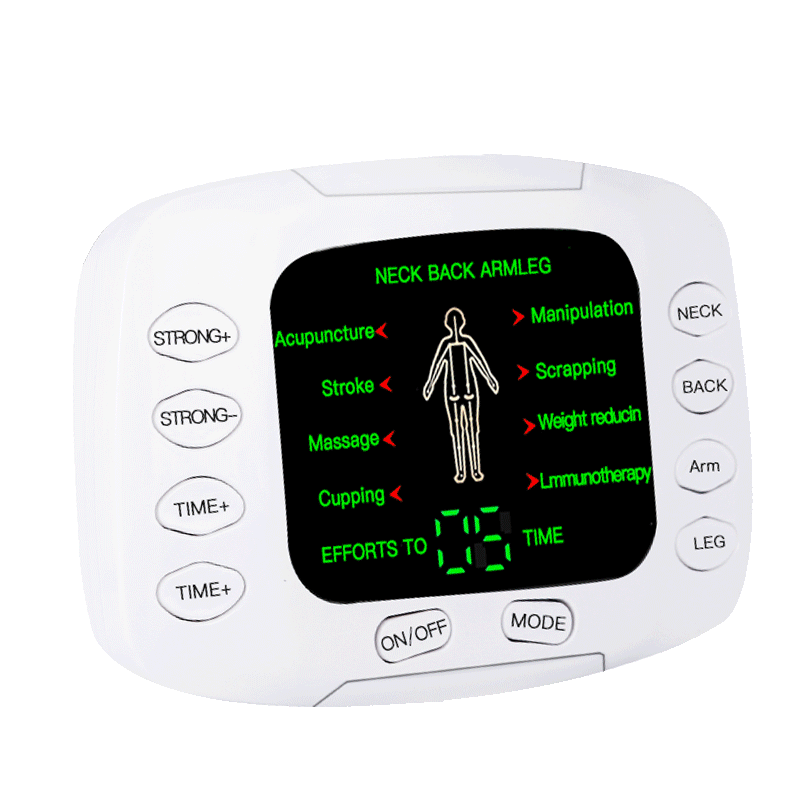What is the benefit of a TENS unit?
Nagging pain can ruin your day, and painkillers often come with side effects. A TENS unit offers a new way to manage your discomfort without relying on drugs.
The main benefit of a TENS unit is effective, drug-free pain relief. It uses gentle, low-frequency electrical currents to block pain signals from reaching your brain, helping to manage chronic issues like back pain and acute conditions like plantar fasciitis.
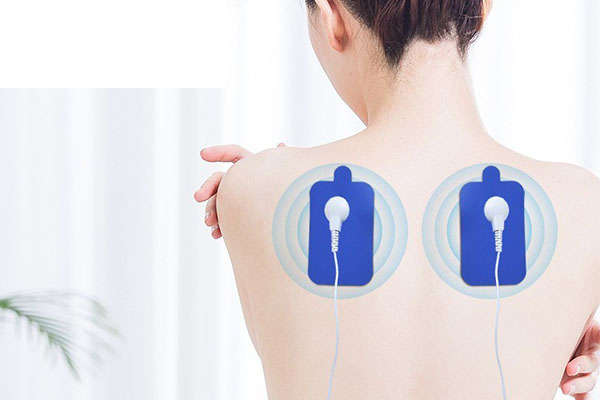
In my years manufacturing personal care electronics, I've seen countless wellness products hit the market. Few have the straightforward, science-backed benefits of a TENS unit. For my B2B partners, from spa owners to retail buyers, understanding these devices is key to helping customers find real relief. Let's break down what they do and how to use them safely.
Are all TENS machines the same?
You see many TENS units for sale, and most look alike. Choosing the wrong one can mean wasted money and little relief. So how can you tell the difference?
No, all TENS machines are not the same. They vary greatly in their core electrical parameters, like frequency and pulse width, which directly affect pain relief. Safety certifications are also far more important than fancy mode names like "acupuncture."
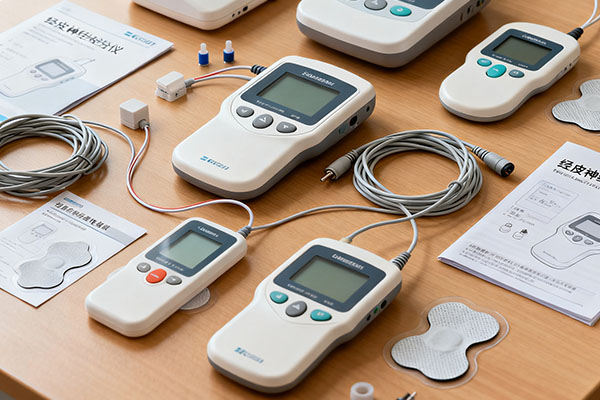
I always tell my distributors, don't get caught up in the marketing hype. The effectiveness of a TENS unit comes down to its technical specs, not its name. The key is to understand the difference between TENS and its cousin, EMS (Electrical Muscle Stimulation). Many devices now combine both, but they serve very different purposes. For anyone selling these devices, explaining this is crucial for customer satisfaction. A person looking for pain relief needs TENS, while someone wanting muscle recovery needs EMS. Certifications like CE and ROHS also prove the device is built to a high standard of safety and quality, which protects both the user and the seller from problems down the line.
TENS vs. EMS: Know the Difference
It is vital to understand the function of each technology to choose the right product.
| Feature | TENS (Transcutaneous Electrical Nerve Stimulation) | EMS (Electrical Muscle Stimulation) |
|---|---|---|
| Main Purpose | Blocks pain signals | Causes muscles to contract and relax |
| Best For | Chronic and acute pain relief (e.g., back pain) | Muscle strengthening, recovery, and relaxation |
| Sensation | A gentle tingling or buzzing | A visible muscle twitching or contraction |
Why Technical Specs Matter
The settings you can control, like frequency (Hz) and pulse width (μs), determine how well the device interrupts different types of pain signals. A good machine offers a wide range of adjustable settings, not just a few pre-set modes. This gives the user more control to find what works best for their specific pain.
How many times a day can you use an EMS massager?
An EMS massage feels productive, so it's tempting to use it all the time. However, overdoing it can lead to muscle fatigue and irritation, which is the opposite of what you want.
For muscle relaxation and recovery, an EMS massager should be used 1-2 times per day. Each session should only be about 10-20 minutes long. This prevents over-stimulation and gives your muscles the full benefit of the treatment.
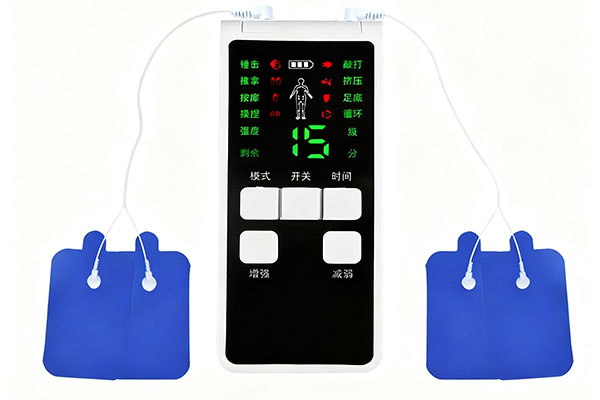
As a manufacturer, providing clear usage guidelines is one of my top priorities. It's about safety and effectiveness. While EMS is designed to work your muscles, those muscles still need time to rest, just like with any exercise. Constant stimulation leads to fatigue, not strength or relaxation. The same principle of moderation applies to TENS units, though for a different reason. Using a TENS unit for too long or too often on the same spot can cause skin irritation under the electrode pads. More importantly, your body can get used to the stimulation, making it less effective over time. This is why following a balanced schedule is essential for long-term success with these devices.
Recommended Usage Guidelines
- For TENS (Pain Relief): Use 1-3 times per day for about 20-30 minutes per session. It's best used when you are actively feeling pain.
- For EMS (Muscle Relaxation/Recovery): Use 1-2 times per day for 10-20 minutes per session, often after a workout or to relieve general tension.
- Listen to your body: Always start with a lower intensity and shorter duration. If you feel any discomfort or skin irritation, give your body a break.
How to use a TENS machine for plantar fasciitis?
That sharp, stabbing pain in your heel can make every single step a painful experience. You’ve tried stretching, but the pain from plantar fasciitis just will not go away.
To use a TENS machine for plantar fasciitis, place the electrode pads directly around the area of your heel or arch where the pain is most severe. Start on a low intensity and increase it slowly until you feel a strong but comfortable tingling.
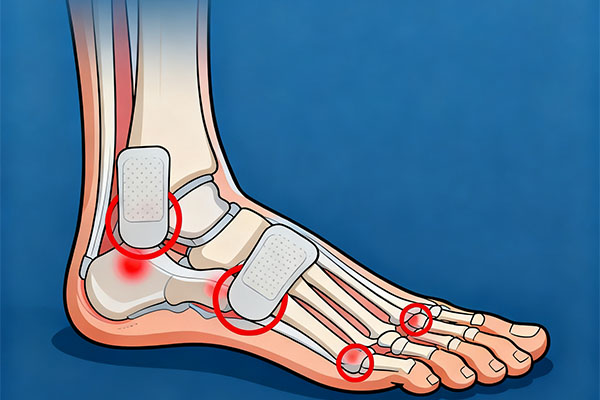
I have helped clients in the home healthcare space source products for this exact problem. Correct pad placement is everything. If the pads are in the wrong spot, you simply will not get relief. For plantar fasciitis, you want to surround the point of pain. This creates a field of stimulation that can effectively block the pain signals coming from that inflamed tissue. But remember, a TENS unit is just one part of the solution. For my retail partners, I always recommend they educate customers to use TENS alongside other proven therapies. It's not a magic bullet, but it is a powerful tool to manage the pain while the foot heals.
Step-by-Step Guide
- Find the Pain: Press gently on the bottom of your foot to find the most tender spot. This is usually on the heel or along the arch.
- Place the Pads: Clean your skin. Place one pad directly on the most painful spot. Place the second pad nearby, either on the arch or further up the heel. The pads should not touch.
- Set the Device: Start with a 20-30 minute session. Choose a pre-set program for pain relief or set it manually.
- Combine with Other Therapies: TENS is most effective when you also do gentle calf stretches, wear supportive shoes, and rest your foot. It helps you manage the pain so you can focus on healing.
Does a TENS unit relax muscles?
You feel stiff and sore, so you grab your TENS unit hoping it will melt the tension away. But afterward, while the pain is less, the muscles still feel a bit tight.
A TENS unit works primarily by blocking pain signals. It can indirectly help relax muscles that are tense because of pain. For direct muscle relaxation, an EMS unit is far more effective as it is designed to rhythmically contract and then relax the muscle.

This is the most common point of confusion I see. Think of it this way: TENS is for nerves, and EMS is for muscles. A TENS unit creates a tingling sensation that distracts the nerves and essentially closes the "gate" that allows pain signals to reach the brain. When the pain signal is gone, a muscle that was tensed up in response to that pain can finally relax. However, an EMS unit sends a different type of signal that causes the muscle itself to physically tighten and then release. This pumping action is what directly creates relaxation and helps flush out metabolic waste after a workout. For my fitness club clients, a combo TENS/EMS device is perfect. They can offer TENS for members with nagging injuries and EMS for post-workout recovery.
Important Safety Warning
Understanding the limits is as important as understanding the benefits. These devices are very safe when used correctly, but there are critical exceptions.
- NEVER use a TENS or EMS unit if you have a pacemaker.
- Do not place pads on the front of your neck, across your chest, or on your head.
- Pregnant women should not use it on their abdomen or lower back.
- Do not use it on open wounds or irritated skin.
Conclusion
A TENS unit is a fantastic drug-free tool for managing pain. For direct muscle relaxation, however, EMS is the better choice. Always use these devices safely and correctly for relief.
